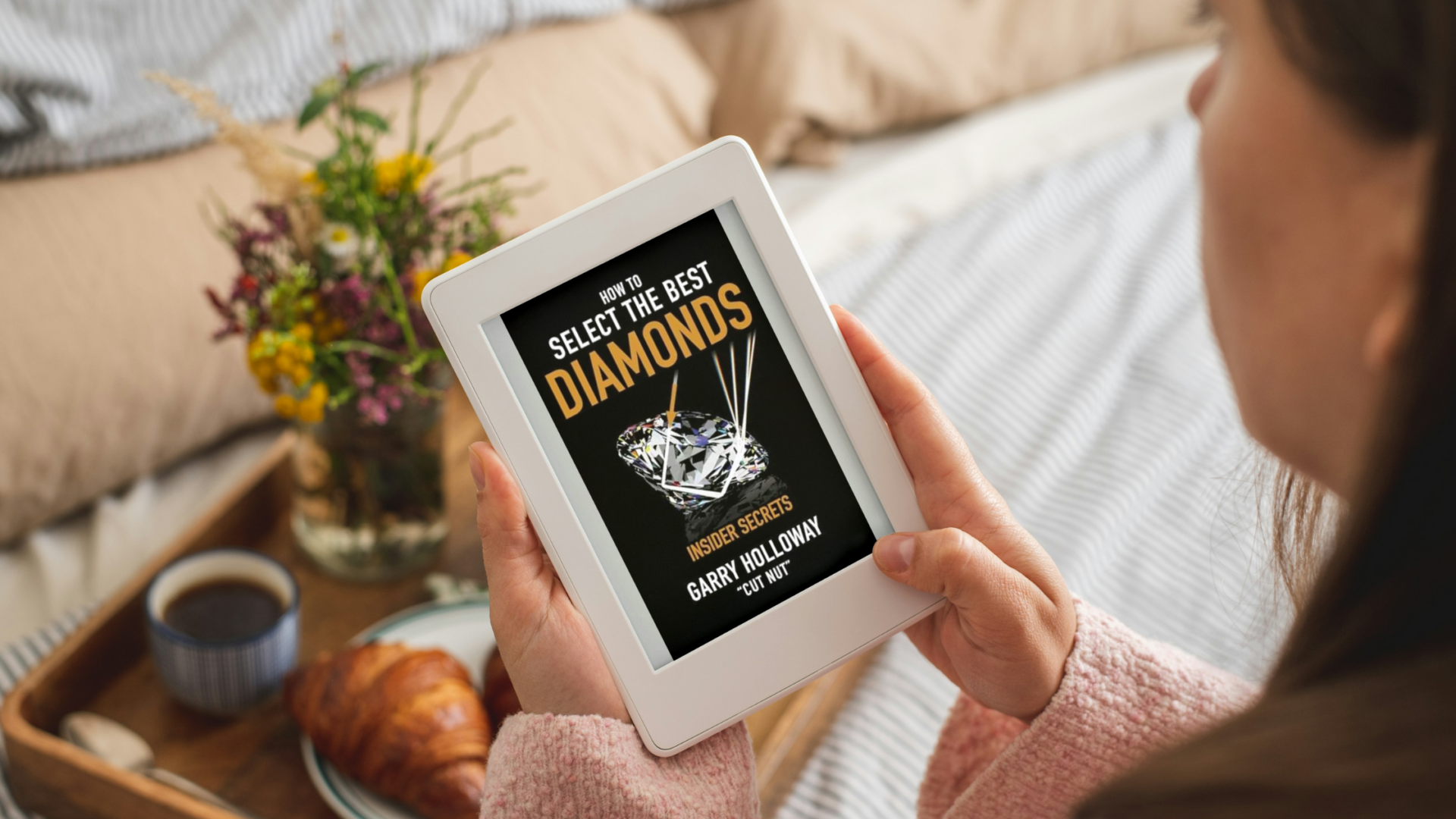Diermint
Rough_Rock
- Joined
- Oct 26, 2004
- Messages
- 85
Fluorescence is the property in many diamonds that makes them glow in an environment rich in ultraviolet light. Diamonds can fluoresce in a number of colors, but generally all but blue are to be avoided. Faint to medium fluorescence is rarely detected under ordinary lighting conditions. Strong or very strong fluorescence may make a diamond appear “milky” or “oily”, especially in sunlight however this is reportedly rare. Blue fluorescence may enhance the color of diamonds rated “H” in color or below (I,J, etc.) by hiding their yellow tint. Diamonds rated D-F with medium+ fluorescence may sell at a discount.
Picture originally posted by mdx.

Picture originally posted by mdx.








300x240.png)